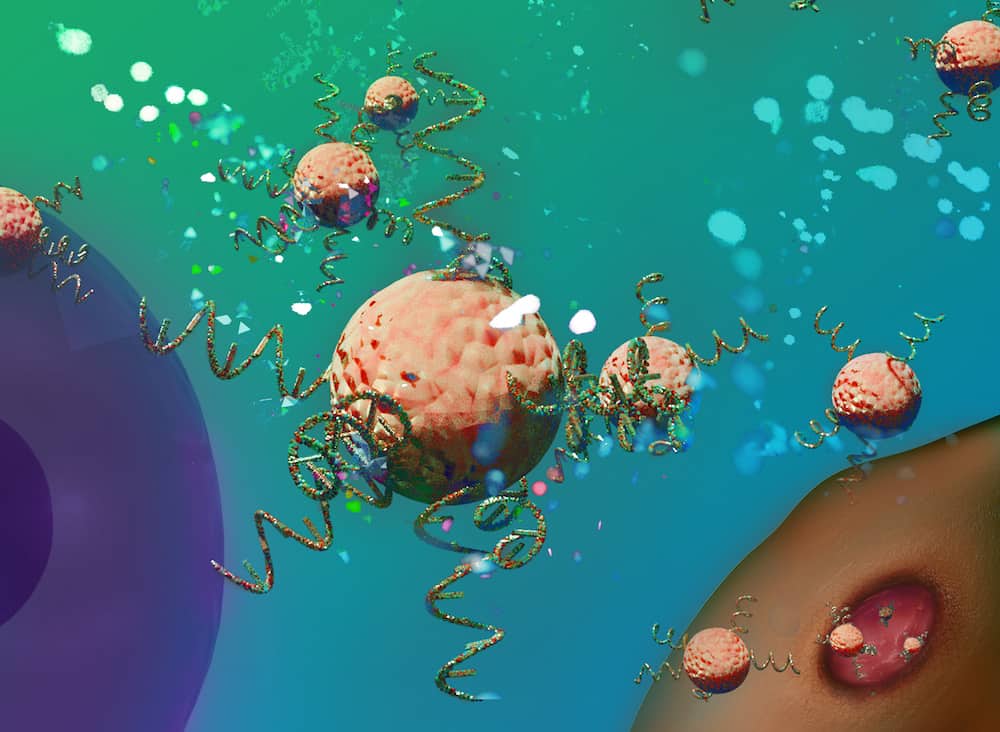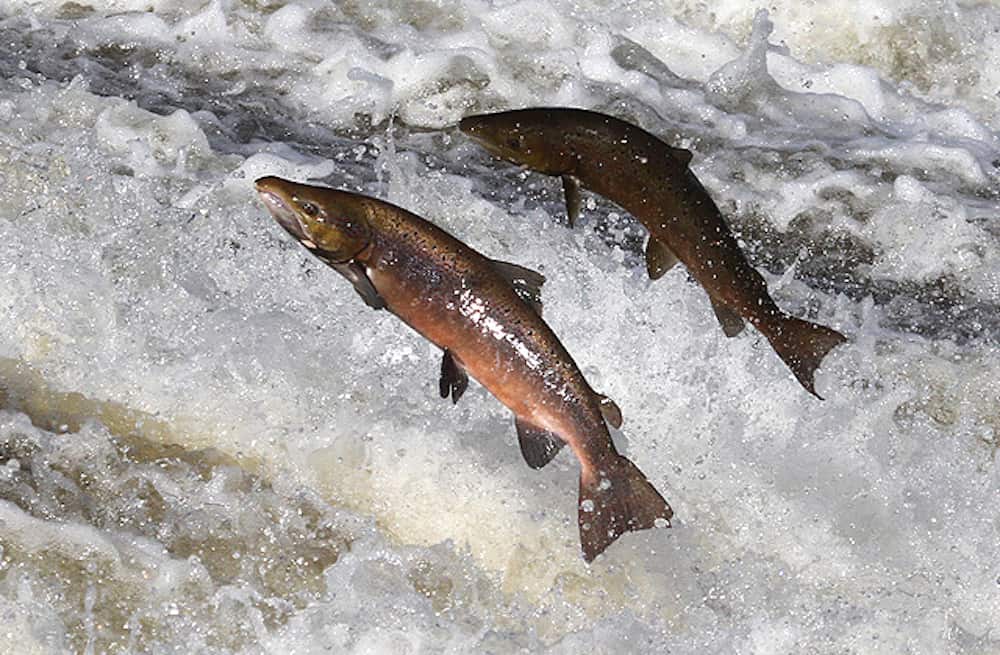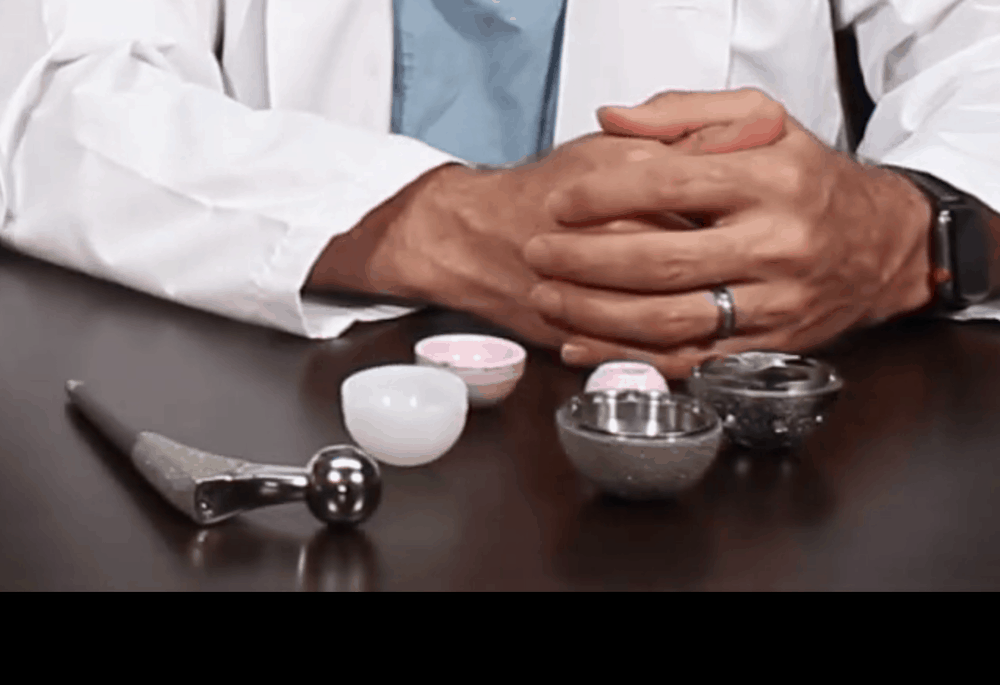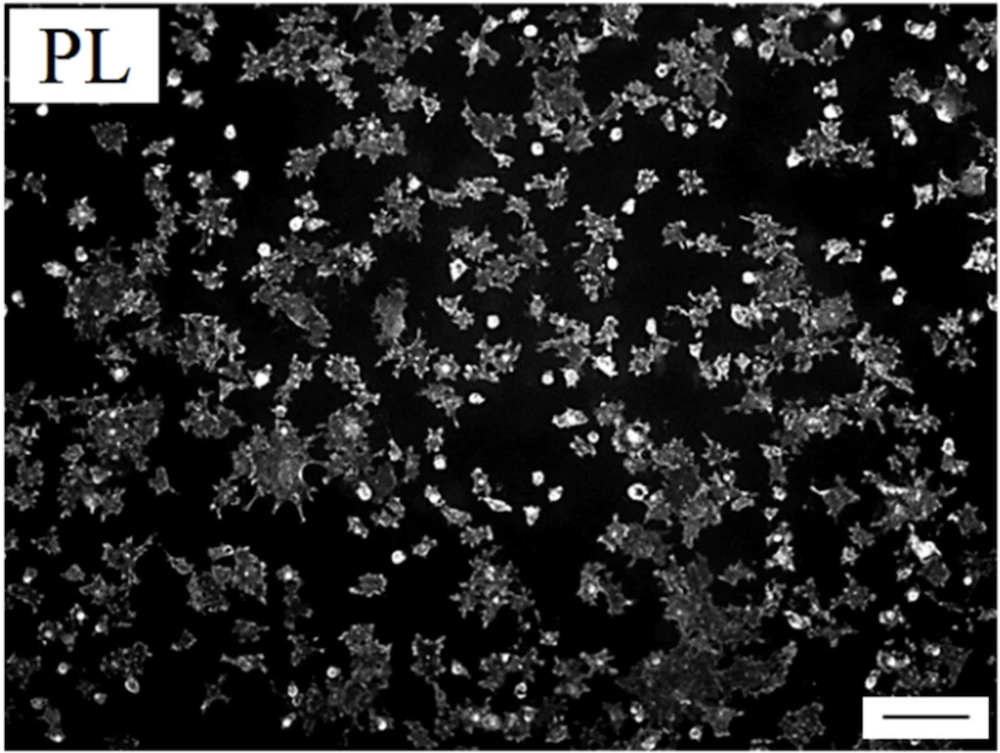Cerium oxide nanoparticles have gained attention in biological fields due to their unique properties, including the ability to act as both an oxidation catalyst and reduction catalyst. In two new papers, researchers at the University of Central Florida explore the potential of these nanoparticles in wound healing and as a surface disinfectant.
Read MoreCompared to other meats, fish remains a relatively underutilized waste source in rendering processes. An international team of researchers investigated the possibility of deriving calcium phosphate bioceramics from salmon fish bone wastes.
Read MoreImproving treatment of chronic diabetic foot ulcers can prevent the need for amputation. Researchers explored using a new borate-based bioactive glass to improve the rate of wound healing.
Read MoreBiomimetics is the scientific research and development of human-made materials, parts, and products that emulate naturally occurring biological systems. Three recent ACerS journal articles look at biomimetics used for human health purposes, including cleaning water, in implants, and replacing bone.
Read MoreGiant cell tumor of bone is an aggressive, semimalignant tumor that can grow quickly and destroy bone close to a joint. A research collaboration from Heidelberg University Hospital and University of Erlangen-Nuremberg in Germany explored the potential of bioactive glass to treat these bone tumors.
Read MorePeriprosthetic joint infection is a serious complication that can occur in joint replacement surgery. Researchers in Italy and the United States review the research on using nanotechnology to prevent and treat PJI.
Read MoreTreatment of melanoma, the deadliest form of skin cancer, often involves removing the affected tissue or organ, which leaves wounds that are difficult to heal. Researchers in China, Turkey, and Australia developed a new bifunctional composite bioceramic hydrogel for treating melanoma via a minimally invasive technique called photothermal treatment.
Read MoreIn implants and scaffolds containing bioactive glass, the relationship between device structure and biological performance is complicated by the formation of a highly complex interfacial layer. In two papers, Lehigh University researchers begin to untangle the interaction among structure, protein adsorption, and cell attachment.
Read MoreAfter a long and interesting journey, bioactive glass toothpaste is set to soon be available in the United States. U.K.-based company BioMin received FDA premarket clearance for its Restore Plus toothpaste under the Dr.Collins brand.
Read MoreConventional CAD modeling of ceramic bone implants is limited in the structures that it can design. Researchers at Skolkovo Institute of Science and Technology in Russia explored using function representation modeling instead to expand the design possibilities.
Read More









